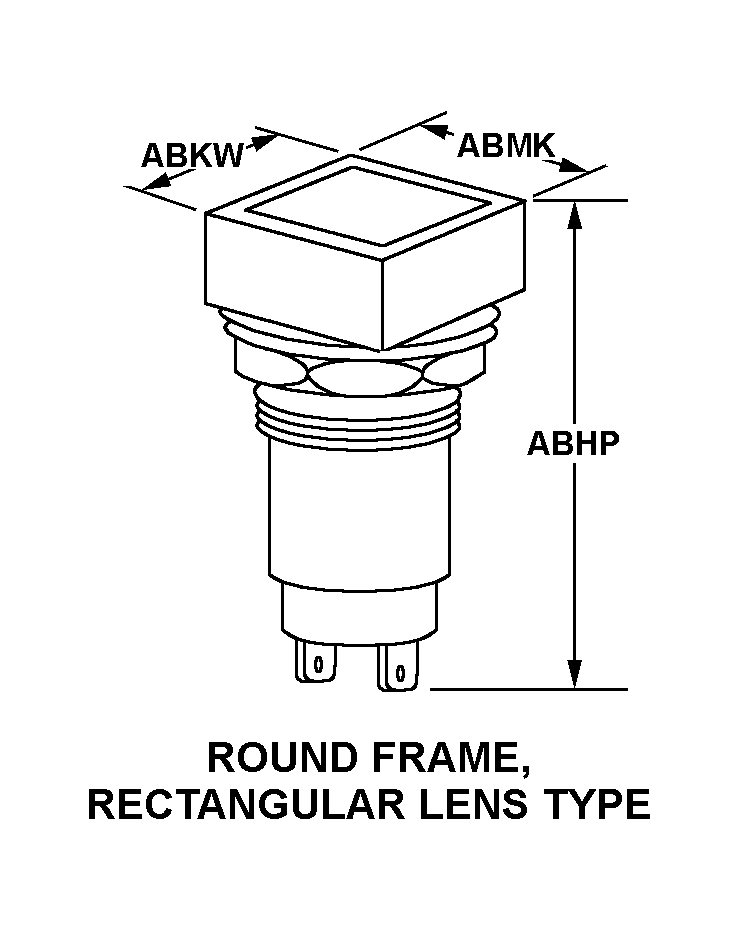6210012236283
Price Quote Get an up to date pricing and availability quote for this product. Order online or over the phone.
Quality Commitment
Serving our customers with quality and safety first.
- AS9120 Certified
- Audited supply chain
- ITAR Registered
- DDTC Registered
- HAZMAT Certified
- Customer service objectives
- Every product 100% inspected

6210-01-223-6283 Specification Set by the OEM (see RNCC code 3)
1.740in. ⁓1-3/4"
0.960in.
0.960in.
single contact miniature flanged
T-1
1
blue single light 1st position horizontal
push on
SNAP-In
4 incandescent
flat, square end cap single light 1st position horizontal
opaque single light 1st position horizontal
black, fed std 595, 37038 single light 1st position horizontal full display division a
xmtr, fail single light 1st position horizontal full display division a
blue single light 1st position horizontal full display division a
opalescent single light 1st position horizontal
opalescent single light 1st position horizontal
steel corrosion resisting body
round frame, rectangular lens type
5 solder lug and 6 solder lug
Cross Reference Parts Part numbers that meet the specification outlined on this page and set by the OEM
Identification Item Identification Guide (IIG) and Item Name Code (INC)

Definition Definition of approved item name (AIN): "LIGHT,INDICATOR"
A light, with mounting facilities furnished, designed to convey information of a specific nature concerning the circuit in which inserted. Must include or provide for the use of a lens as a part of it. For items without a lens, see lampholder, and also see light (1), panel.
6210-01-223-6283 Material Hazmat, Precious Metals, Criticality, Enviroment, and ESD
Indicates there is no data in the hmirs and the nsn is in a fsc not generally suspected of containing hazardous materials.
Item does not contain precious metal.
The item does not have a nuclear hardened feature or any other critical feature such as tolerance, fit restriction or application.
Identification Codes
HMIC: Hazardous Material Indicator Code. A one position code that identifies a hazardous item.
PMIC: Precious Metal Indicator Code. A one position code which identifies items that have precious metals as part of their content. precious metals are those metals generally considered to be uncommon, highly valuable, and relatively superior in certain properties such as resistance to corrosion and electrical conductivity.
ESD: Electrostatic Discharge. Indicates if an item is susceptible to electrostatic discharge or electromagnetic interference damage. electrostatic discharge damage occurs when an accumulation of static electricity generated by the relative motion or separation of materials is released to another item by direct contact. electromagnetic interference damage occurs when an item comes into proximity with an electrostatic or magnetic field.
ENAC: Enviromental Attribute Code. Identifies items with environmentally preferred characteristics.
CRITL: Criticality Indicator Code. Indicates an item is technically critical by tolerance, fit, application, nuclear hardness properties, or other characteristics.






